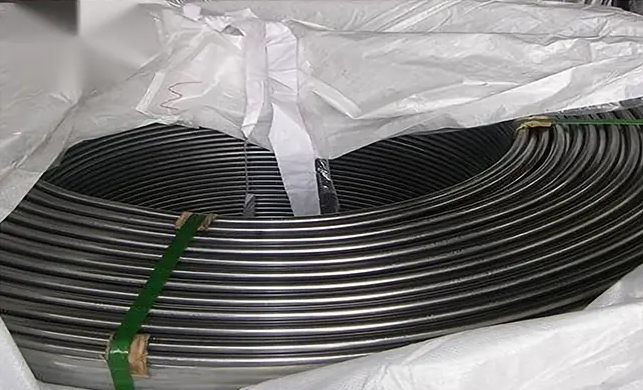
Compared with conventional cored wire, pure solid calcium cored wire (Hi-Cal) has a higher magnesium content, lower iron content, and more accurate composition control. In the steel industry, it is used for many different purposes, such as inclusion modifications, deoxidation or desulfurization. Also, it helps resolve the problem of nozzle clogging in the process aluminum-killed continuous steel casting.
Hi-Cal features an outer steel core, a middle protective coating and an interior solid metal calcium core. It is easier to work with than existing wires that have a core because you don't require a separate feed line. It can be fed directly into the molten steel, which saves time and energy. It is also more resistant to oxidation than other conventional cored wires.

Ingots or powders of calcium with low carbon content are used as the core of solid, pure calcium cored steel wire. This ingot is then rolled out into wires with different diameters. As the core material does not come into contact with air, it is less likely to oxidize and burn. This allows for a more effective use of the material in refining.
It helps clean up the molten iron by forming calcium aluminate or silicate as the wire core passes through it. This improves the fluidity and castability of molten alloy steel.
In addition to deoxidation, desulfurization and inclusion modification, the injected calcium can also affect the shape, size and segments of non-metallic inclusions, as well as clean and refine the grain boundaries in the melted steel. Moreover, the calcium can improve the organisation of the metallurgical structural structure of the steel as well help to prevent cracking.
The cored-wire feeding speed and rhythm must be optimized to maximise the calcium recovery. Calcium that is fed too quickly can be oxidized by the slag, or it may reduce the amount of calcium that the steel absorbs. A slow rate of feeding can lead to a loss in alloy. The ideal rate is to reach a certain depth in the slag and fully consume it before it floats into the molten steel. It is best to do this in order to get the most metallurgical benefit from the cored steel wire. Feeding speed of pure solid cored calcium wire should be between 50-150 m/s. This is the rate at which calcium in slag can be dissolved without oxidation. You should keep the temperature at 500 degrees C or less. In this way, the cored steel wire is less likely to oxidize and will have a higher level of reliability. This is especially important for the alumina content and oxygen content of the molten steel.

Write a Message